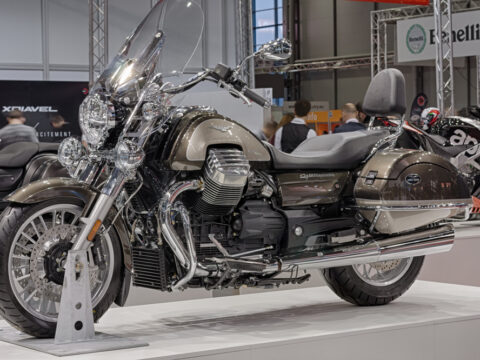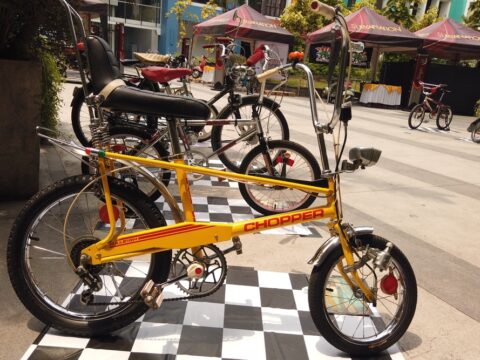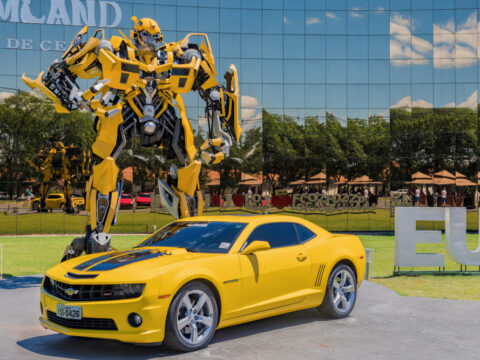When it comes to luxury cars, buyers expect a perfect blend of performance, cutting-edge technology, and high-end materials to justify their premium price tags. However, not every luxury vehicle lives up to these lofty expectations. Despite the promise of sophistication and exclusivity, some models have left buyers disappointed, offering underwhelming features, outdated technology, or subpar performance for their cost.
In this article, we’ll explore luxury cars that didn’t deliver the value their price tags suggested. Whether due to design flaws, reliability issues, or simply not meeting the high standards of their class, these vehicles have struggled to maintain the allure that their brand names promised. Let’s take a closer look at the luxury cars that missed the mark.
Contents
Volvo S80
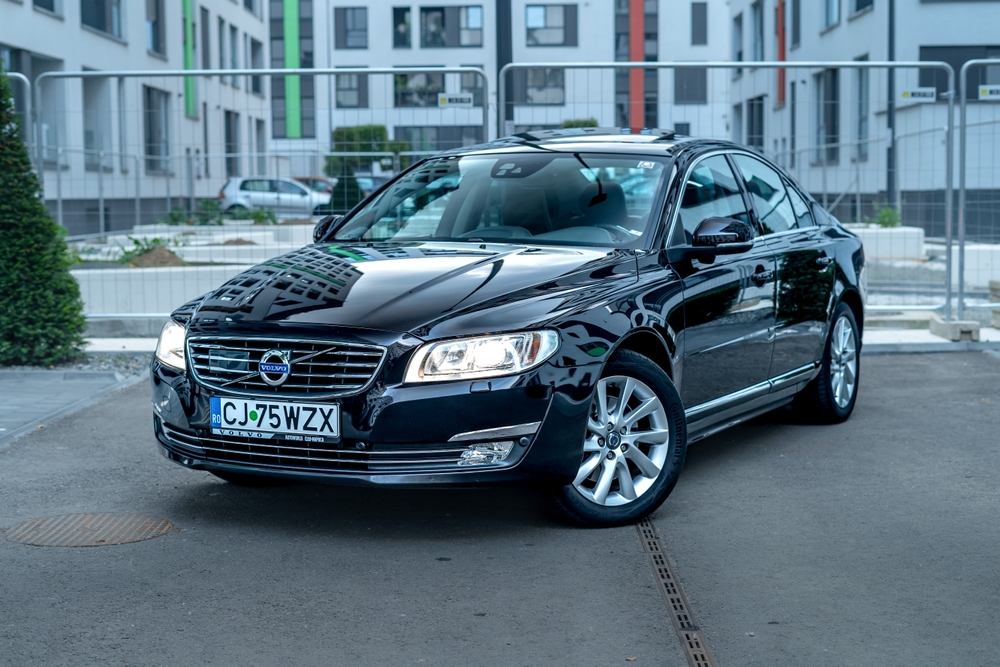
The Volvo S80 was a comfortable and safe sedan, but its steep price tag didn’t match the underwhelming performance and outdated technology it offered. While it had impressive safety features, the engine options felt lackluster compared to rivals, and the infotainment system lagged behind competitors. The interior quality, although solid, lacked the opulence expected from a luxury car in this price range, leaving buyers disappointed.
Cadillac XTS
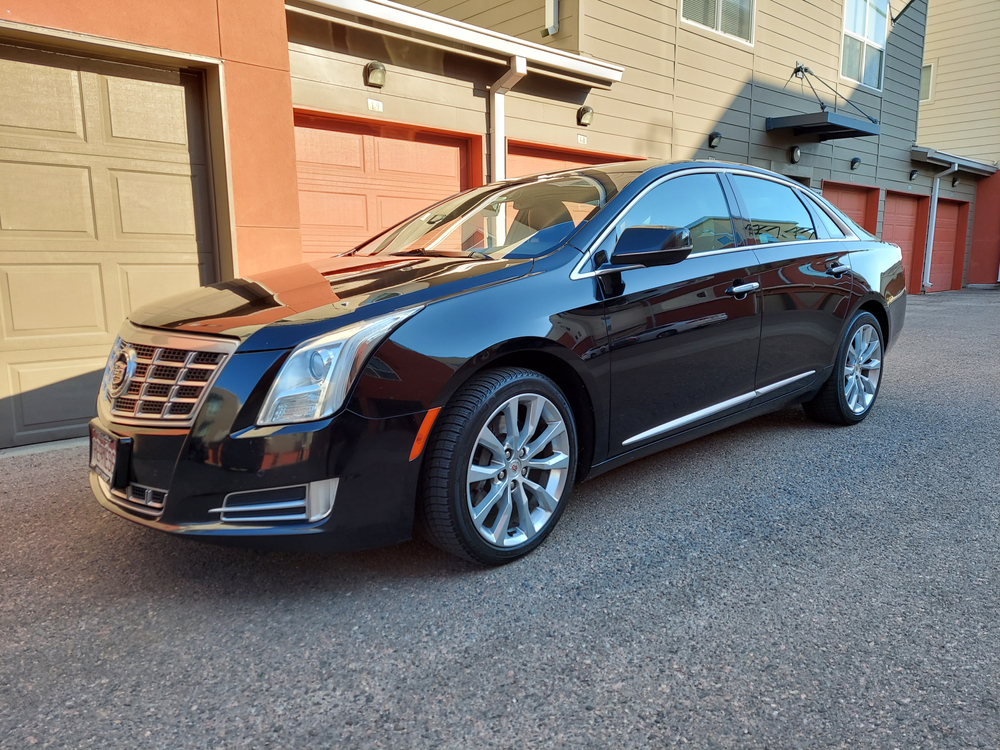
The Cadillac XTS struggled to deliver the premium experience its price suggested. While it provided a smooth ride and comfortable seats, its outdated design, combined with a mediocre driving experience, left it behind more dynamic rivals. The interior, though spacious, felt less refined than competitors, and the technological features often felt clunky and outdated, failing to justify its luxury price tag.
Lexus NX
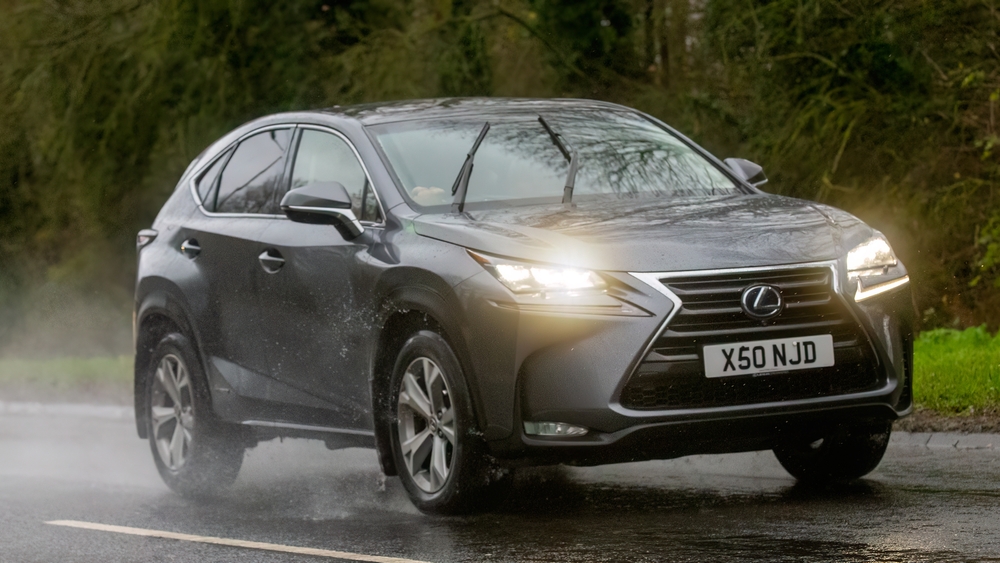
Despite Lexus’ reputation for luxury, the NX fell short in several areas, leaving many buyers feeling it didn’t offer enough for the price. The compact SUV had a cramped interior, and the engine performance felt sluggish compared to rivals in the same class. The infotainment system was criticized for its difficult-to-use touchpad interface, and the overall cabin lacked the luxurious feel expected at this price point.
Lincoln Blackwood
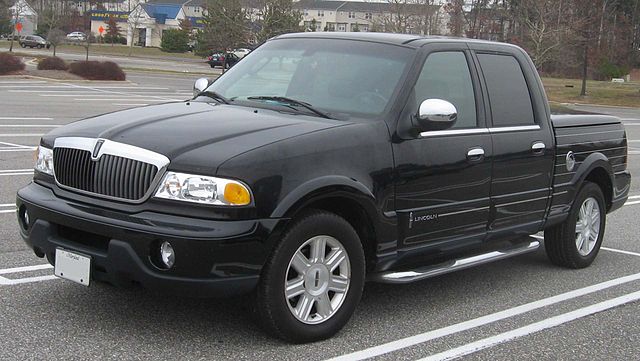
The Lincoln Blackwood, a luxury pickup truck, was an ambitious idea that didn’t translate into success. Its high price was hard to justify, especially with limited practicality and an unusual design that focused more on appearance than utility. The truck bed was non-functional for heavy-duty work, and the interior, while comfortable, was not enough to save it from being seen as an overpriced niche vehicle with minimal appeal.
Infiniti Q70

The Infiniti Q70 promised luxury but failed to keep up with its competitors in the segment. Its driving dynamics were uninspired, and the interior materials, while decent, didn’t match the level of refinement found in rivals like Mercedes-Benz and BMW. The outdated infotainment system further detracted from the overall experience, making the car feel behind the times despite its premium price tag.
Audi A8
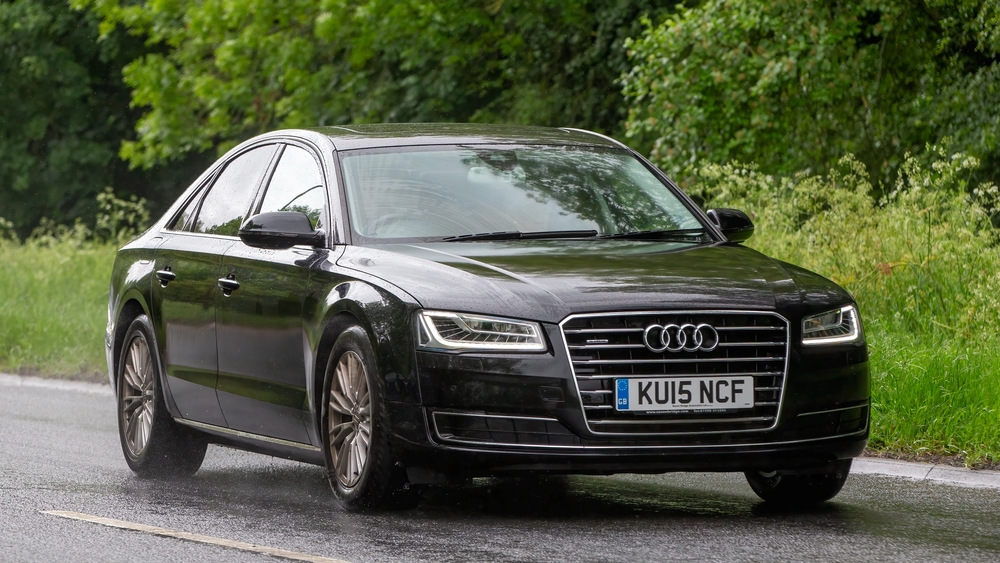
While the Audi A8 has always been a flagship model, certain iterations have fallen short of expectations. Some versions of the A8 were criticized for offering too little in terms of new technology and performance improvements, especially compared to its German rivals. Its high price tag wasn’t matched by the level of innovation or interior quality, leaving many buyers questioning whether they were getting enough luxury for the money.
Cadillac Catera
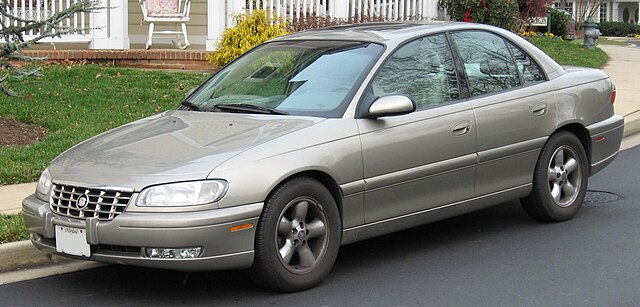
The Cadillac Catera was an attempt to bring a European flair to the American luxury market, but it didn’t live up to the hype. Despite being marketed as a premium sedan, the Catera suffered from reliability issues and underwhelming performance. Its interior was subpar for a luxury vehicle, and the design lacked the sophistication expected from Cadillac, making it a disappointment in terms of value for its high price.
Jaguar X-Type
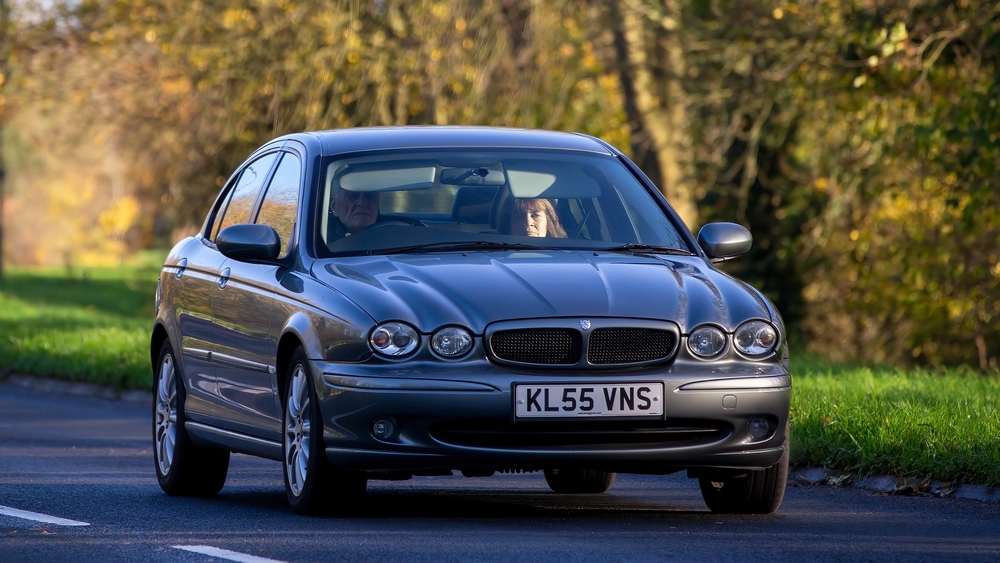
The Jaguar X-Type was marketed as an entry-level luxury sedan, but it missed the mark in several key areas. The car shared many components with Ford models, which diluted the premium feel. Its cramped interior, coupled with lackluster performance, left it lagging behind other luxury sedans. Buyers felt the Jaguar badge alone wasn’t enough to justify the price, as the vehicle lacked the refinement and features expected from the brand.
Maserati Ghibli

The Maserati Ghibli entered the luxury sedan market with high expectations due to the brand’s reputation for performance and exclusivity. However, it fell short in multiple areas. The interior quality felt underwhelming, with cheaper materials that didn’t match its premium price. Additionally, the ride quality wasn’t as refined as competitors like Mercedes-Benz or BMW, and many criticized the vehicle for its cramped rear seats and dated technology. For the price, buyers expected more in terms of luxury and reliability.
BMW 7 Series (2016)
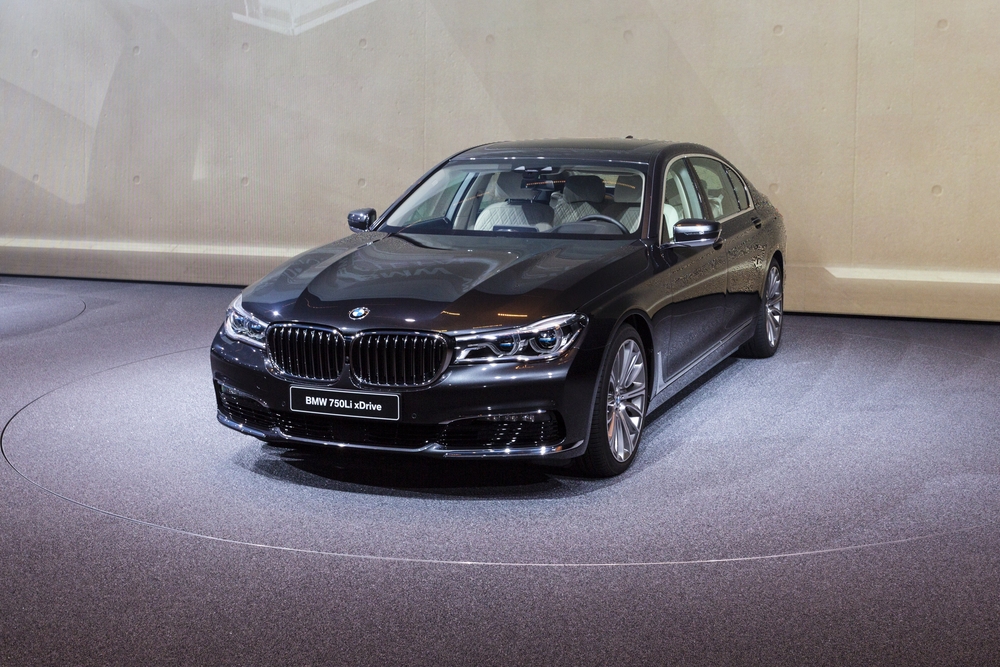
The 2016 BMW 7 Series was one of the most luxurious sedans offered by the brand, yet many felt it didn’t justify its hefty price tag. While the exterior and interior design were undoubtedly elegant, the car was plagued by excessive complexity in its technology, leading to frustration with the iDrive system. Additionally, reliability issues and costly repairs left many owners feeling disappointed with their investment in what was supposed to be a top-tier luxury experience.
Acura RLX
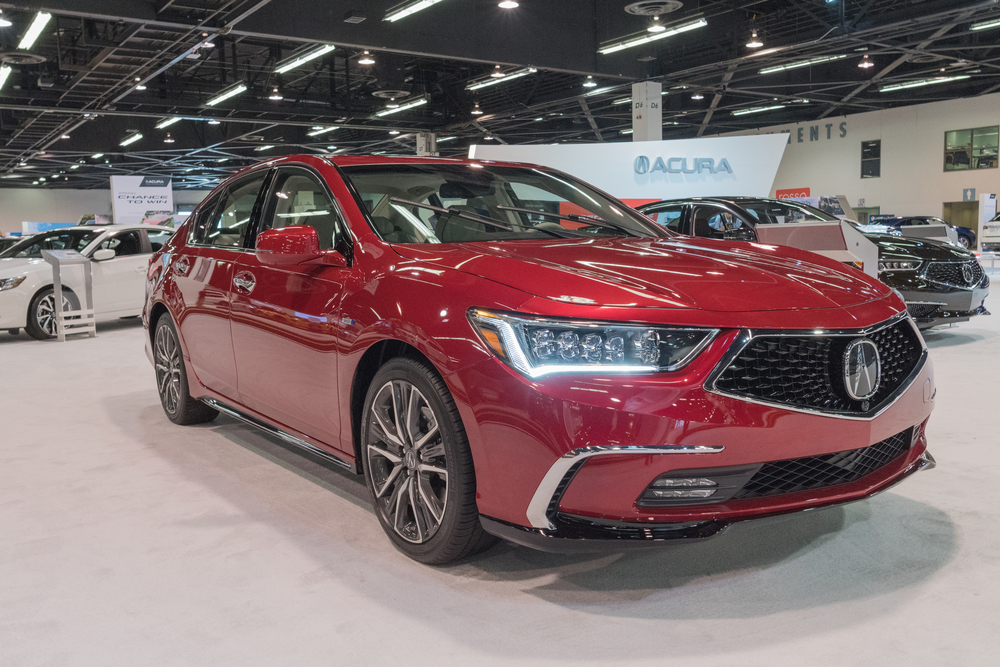
The Acura RLX aimed to provide a luxury experience at a lower price point, but it ended up falling short of expectations. While the RLX had strong reliability, it lacked the driving dynamics and premium feel found in its German competitors. The interior, though spacious, felt dated and less luxurious, and the lack of innovation in technology left buyers underwhelmed. The overall package didn’t quite justify its high asking price compared to rivals offering more exciting features.
Lincoln MKT
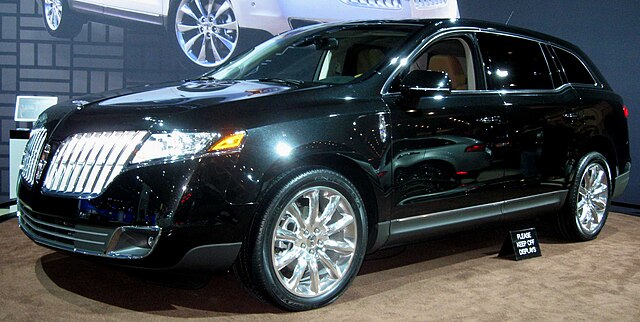
The Lincoln MKT was positioned as a luxury crossover SUV but failed to resonate with buyers. Its polarizing design was a major drawback, and the vehicle’s bulky size made it less practical for many luxury buyers. The interior, though spacious, lacked the refined materials and modern technology found in competitors. The driving experience was unremarkable, and overall, the MKT’s price didn’t match the level of luxury expected in its class.
Tesla Model X
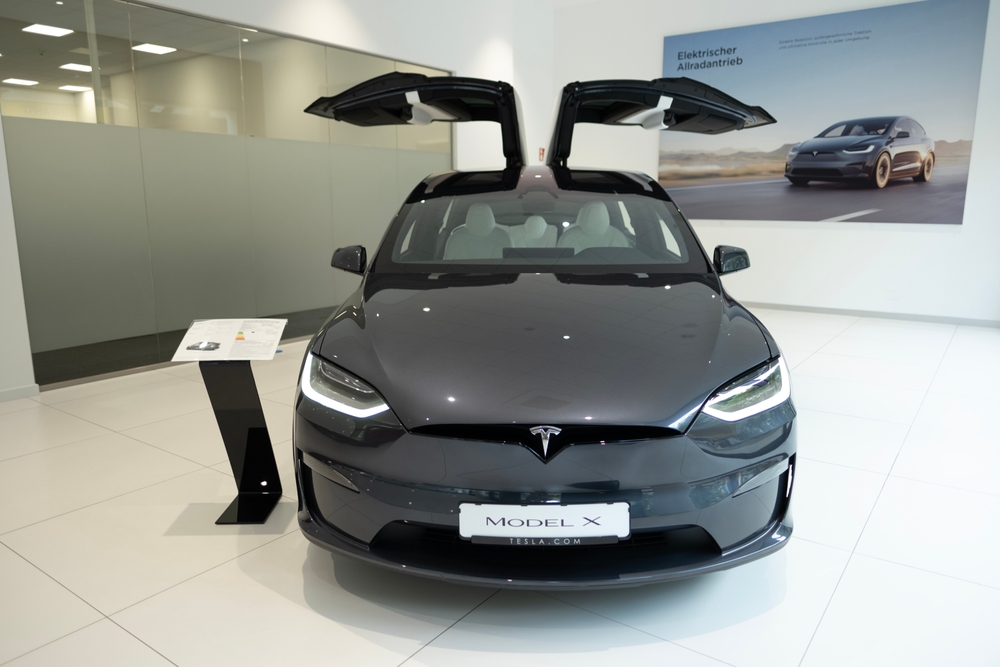
With its futuristic Falcon Wing doors and electric powertrain, the Tesla Model X generated plenty of hype but didn’t quite live up to its high price tag. Despite its advanced technology, the Model X faced criticisms for build quality issues, with uneven panel gaps and subpar interior materials. Additionally, many drivers found the ride quality stiff, and the rear doors, though innovative, were prone to malfunctions. Given its price, buyers expected a higher level of luxury refinement.
Mercedes-Benz CLA
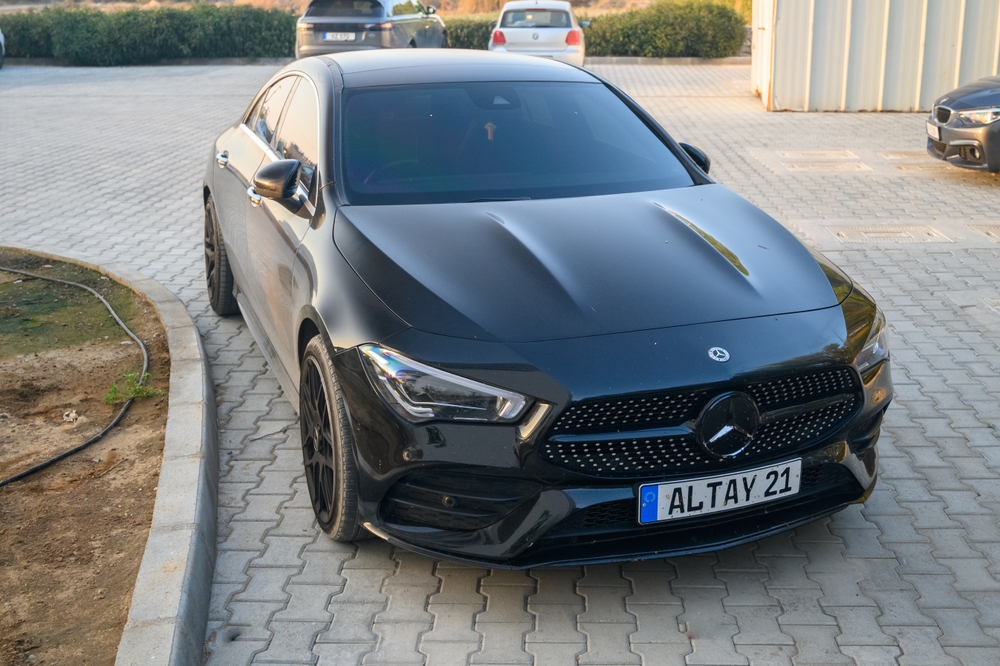
The Mercedes-Benz CLA was introduced as an entry-level luxury car, but its small size and underwhelming performance left buyers dissatisfied. Though the exterior had the sleek Mercedes look, the interior was cramped and used lower-quality materials than expected for a luxury vehicle. The driving experience lacked the smoothness and power associated with the brand, and the overall package felt more like a compromise than a true luxury car, despite its premium badge and price.
Cadillac ELR
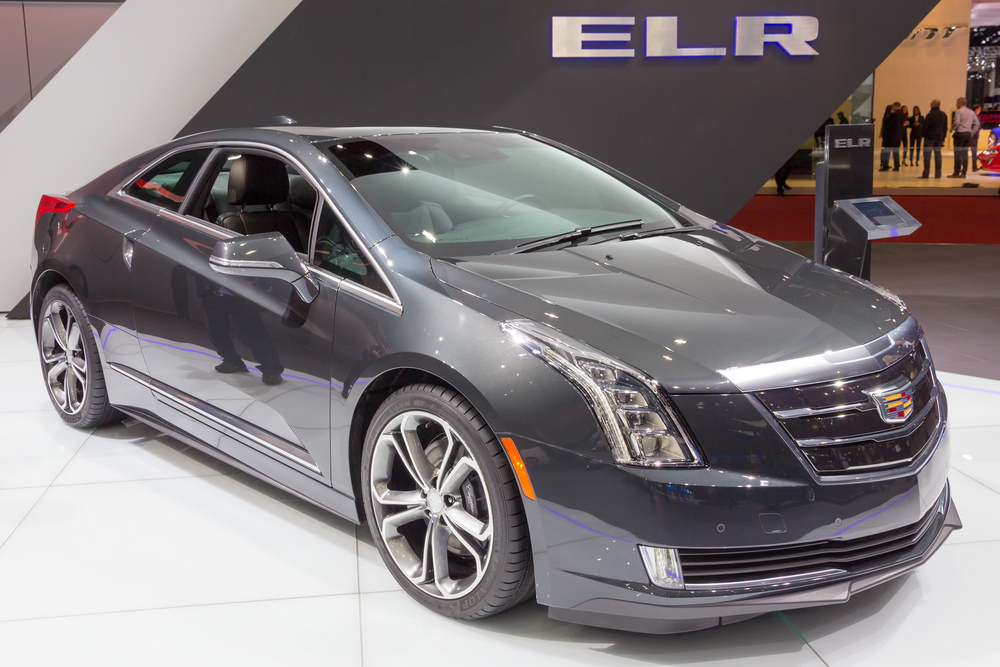
The Cadillac ELR, a luxury hybrid coupe, was criticized for being too expensive for what it offered. Despite its sleek design and advanced technology, the ELR was hampered by its limited electric range and lackluster performance. The interior, though stylish, didn’t provide the level of comfort and refinement expected at its price point. Many buyers felt the ELR didn’t justify its cost compared to other luxury hybrids on the market.
This article originally appeared on MyCarMakesNoise.
More from MyCarMakesNoise
11 Obscure Public Transport Systems Worth Experiencing

Exploring a new city or country often means navigating its public transport, but some systems go beyond mere functionality – they offer a window into local culture, history, and daily life. While the world’s major metros and buses are well-known, there’s a host of lesser-known transport options that provide unique and memorable experiences for the curious traveler. Read More.
15 Worst Cars for Resale Value

Buying a car is a significant investment, and while the allure of a shiny new vehicle can be strong, it’s crucial to consider the long-term financial implications of your purchase. Depreciation is a car buyer’s stealthiest expense, quietly eroding the value of a vehicle over time. Read More.
13 Car Brands That Make More Sense to Buy New

When it comes to buying a car, opting for a new vehicle has its distinct advantages, especially with certain brands known for their durability, advanced technology, and strong resale value. Throughout this article, we explore car brands that are typically best to buy new, delving into what makes each one stand out and their recommended models to consider. Read More.

